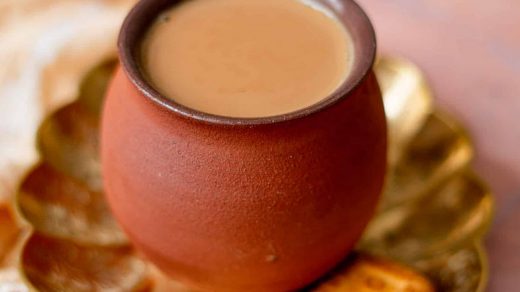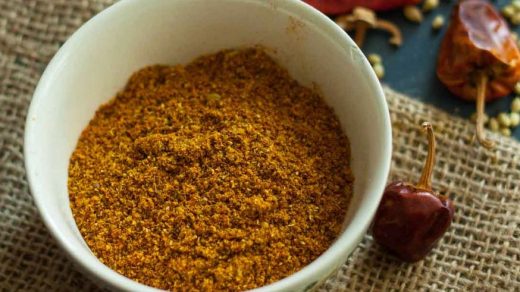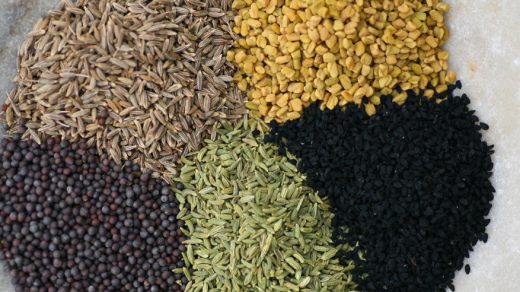Kashayam (also known as Kasayam) is not a specific beverage; the term only denotes a way of administrating Ayurvedic medicine in the form of a medicinal beverage. Therefore, a wide range of kashayams exist, with varying ingredients, proportions and preparation methods.
Many recipes for kashayam includes spices and herbs that are commonly used in food or home remedies on the Indian subcontinent, such as:
- Ginger
- Garlic
- Cinnamon power or sticks
- Cloves
- Black pepper corns
- Ajowan
- Indian long pepper (pipli)
- Neem leaves
- Holy basil (tulsi)
Some kashayams include only water and one spice or herb, while others are more complex. Many kashayams are quite bitter in taste.
In Ayuervedic medicine, kashayams are used to treat a wide range of ailments, including indigestion and the symptoms of upper respiratory tract infections. There are also those who drink kashayams once a week as a preventative measure, as certain kashayams are believed to be “cleansing” for the body.
About ayurveda
Ayurveda is a type of alternative medicin that developed on the Indian subcontinent. The belief system and its associated treatments have evolved over more than two millennia.
The main classical Ayurveda texts starts with stories about how medical knowledge was transmitted from gods to human sages, and then to physicians. In the compendium Sushruta Samhita, Dhanvantari – a Hindu god of Ayurveda – incarnates himself as a king of Varanasi to teach medicine to human physicians.
Ayurveda developed significantly during India´s Vedic period, circa 1500 BCE – circa 500 BCE.
Today´s ayurveda divide medicine into eight canonical components. Two of the eight branches of classical ayurveda deal with surgery, while the other six only use non-surgical methods. Modern-day ayurvedic practitioners tend to focus on the importance of continously building and maintaining a healthy metabolic system, including good digestion and excrection. Hygiene is also important, including bathing, mouth cleaning, eye washing and skin care.
Ayurvedic preparations
- Many ayurvedic preparations are plant-based, and many different parts of plants are utilized, e.g. roots, leaves, fruits, seeds, seed pods, and bark.
- Examples of animal products included in ayurvedic preparations are milk, animal fat, bones and gallstones.
- Consumption of minerals can be prescribed, including minerals that modern medicine would caution strongly against, such as lead.
- Alcoholic beverages called madya are said to adjust the doshas by increasing Pitta and reducing Vatta and Kapha. These alcoholic beaverages can for instance be pure sugar-based, fruit-based, cereal-based, or fermentated with vinegar. Tonic wines are also utilized.
- Purified opium is included in some ayurvedic preparation and is said to balance the Vata and Kapha doshas, while simultaneously increasing the Pitta dosha.
- Cannabis indica is used to treat diarrhea and as a component in certain aphrodisiacs.
Heavy metals
Using ready-made ayurvedic preparations can be risky. In 2008, a study unveiled that over 20% of the tested Ayurveda U.S. and Indian-manufactured medicines sold online contained toxic levels of heavy metals, specifically lead, mercury and the metalloid arsenic.
For more information: https://pubmed.ncbi.nlm.nih.gov/18728265/









